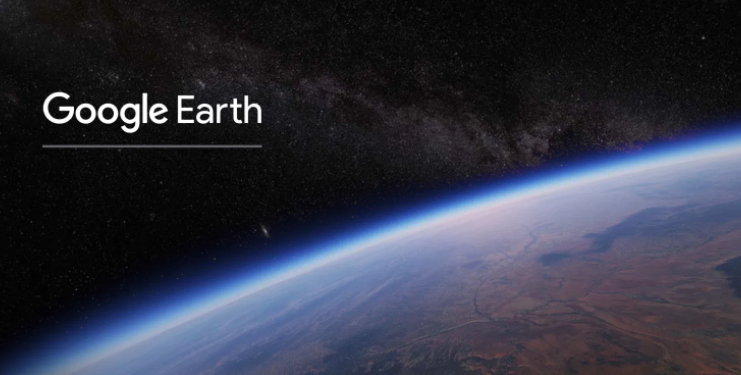
Google Earth has considerable potential in improving the teaching methods of geography and helping students develop other abilities. The usefulness of Google Earth as a teaching tool in a pre-university environment is reflected in the South Carolina curriculum plan for seventh-graders, which raises students’ geographic awareness while developing critical thinking, analysis, and inquiry skills to support various education standards (Patterson, 2007).
In recent years, GIS technology has begun to be used in the teaching activities of middle school geography. These software have enriched the means of middle school geography teaching to a certain extent and improved the quality of teaching. However, these softwares are mostly two-dimensional, and most of them are not based on the network. Some softwares are not suitable for middle school teachers and students due to their high professional level. Because of its obvious advantages in simulating geographic phenomena and laws, 3D GIS is close to human’s spatial cognition, and it has increasingly become an important content of GIS research and application. Therefore, many middle school teachers directly use the web-based 3D GIS software—Google Earth to assist in classroom teaching and geography teaching, which has produced good results. However, Google Earth is a three-dimensional GIS software for the public. It is not designed for geography teaching in middle schools. There are many inconveniences to directly using Google Earth for classroom teaching.
Bibliography:
Patterson, T. (2007). Google Earth as a (Not Just) Geography Education Tool. Journal Of Geography, 106(4), 145-152. https://doi.org/10.1080/00221340701678032
2021-06-09 at 11:54 am
Interesting look into Google Earth. It is one tool that everyone knows about yet sometimes is not considered when people think about what they use all the time. Teaching and learning too could benefit as you mention.